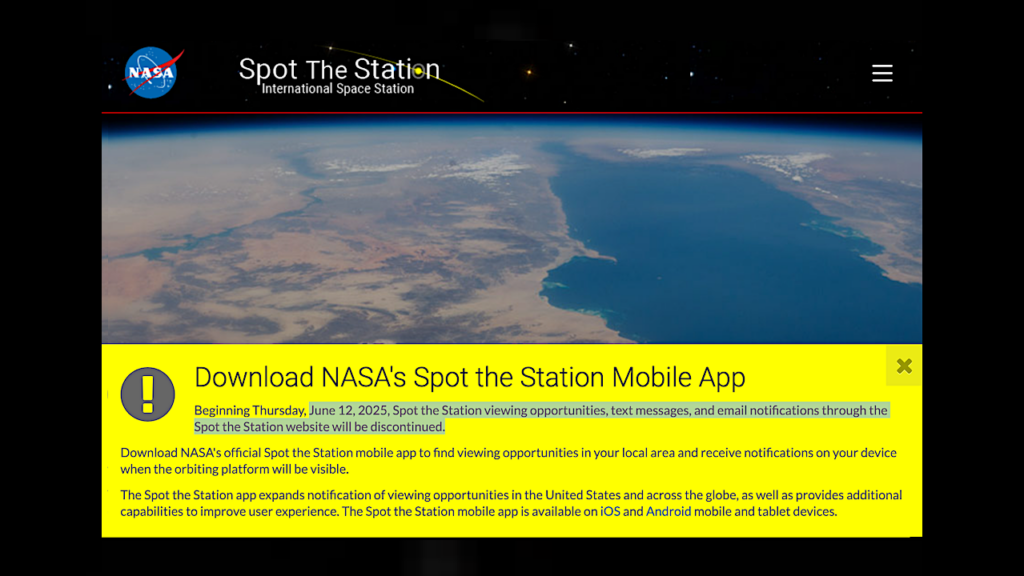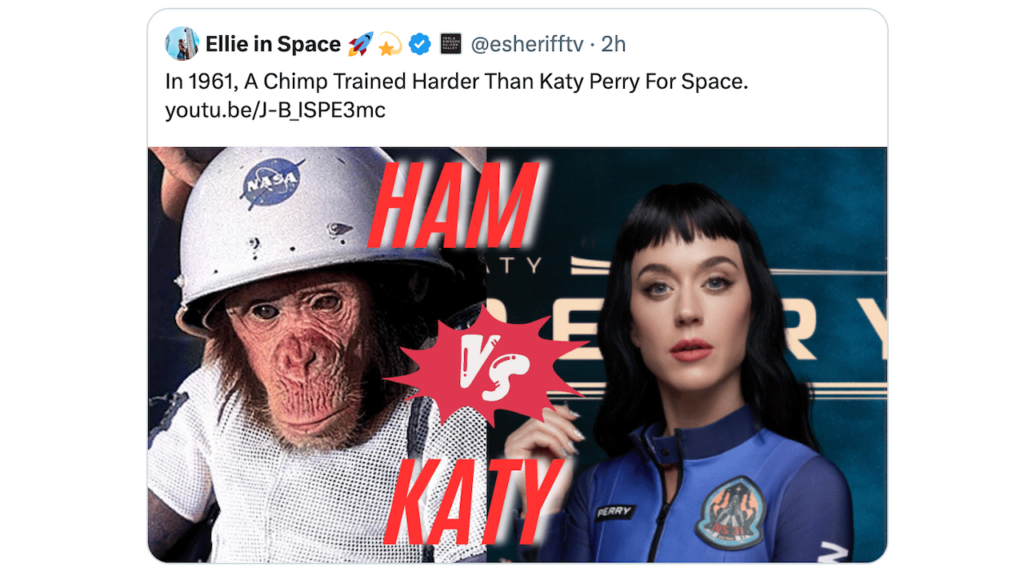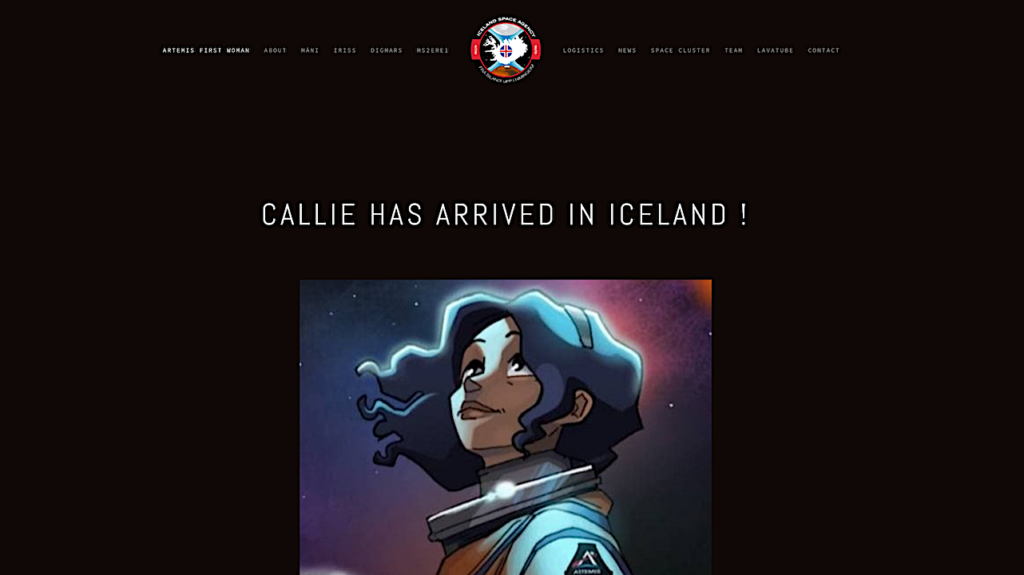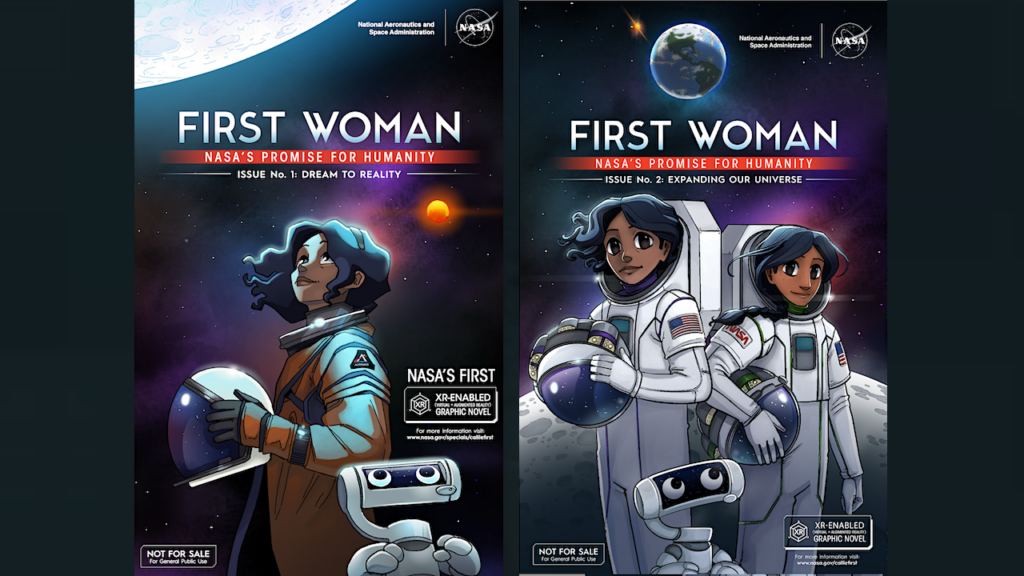Celestron and Boy Scouts Venture Where NASA Can't (Or Won't)
Boy Scouts of America and Celestron(R) Set Their “Sights” on Space Exploration, Celestron
“The Boy Scouts of America (BSA), the nation’s foremost youth character development program, in partnership with Celestron, a leading designer and manufacturer of telescopes, binoculars, spotting scopes and microscopes, announced a joint program to encourage interest in space exploration and astronomy among America’s youth, beginning with a donation of 200 Celestron SkyScouts.”
 Editor’s note: I sent the following proposal to NASA back in 2004 intially as something to do in connection with STS-114. I was not looking for any money. I just thought this was a good idea. I sent this over again in 2005 and 2006. I am told that several formal attempts were made to push it through the system by individuals who knew the true value of organizations such as the Scouts — but that such efforts usually got stuck within the Education Office (of all places) and died for lack of interest on their part.
Editor’s note: I sent the following proposal to NASA back in 2004 intially as something to do in connection with STS-114. I was not looking for any money. I just thought this was a good idea. I sent this over again in 2005 and 2006. I am told that several formal attempts were made to push it through the system by individuals who knew the true value of organizations such as the Scouts — but that such efforts usually got stuck within the Education Office (of all places) and died for lack of interest on their part.
Now Celestron and the Boy Scouts have implemented something similar. Independently, they too saw a good opportunity. Yet there is no mention of NASA. Hats off to BSA and Celestron for realizing the potential. Too bad NASA could not push something like this through the system. It’s not as if no one was thinking about such things outside the agency. The fact that these two private sector entities went off and did this on their own speaks volumes about the public’s interest in space exploration. If only NASA was listening – and interested. Alas, sometimes NASA just can’t get out of its own way.
Involving the Next Generation of Space Explorers: NASA Collaboration Opportunities with Boy and Girl Scouts
6 Dec 2004
Keith Cowing
Revised 9 March 2005
Objective: Raise (and focus) awareness of STS-114/Return to Flight (RTF), the International Space Station (ISS), and the Vision for Space Exploration (VSE) amongst the general public.
Goal (NASA): Mount a public education effort that results in demonstrable and visible expressions of interest and support for NASA’s RTF efforts in particular and the Space Shuttle program in general, the ISS, and VSE such that the effort focuses on RTF in Spring 2005 and then continues throughout 2005 – and beyond.
Goal (General public): Enhance the general population’s understanding of space exploration resulting in continued (and growing) interest in space exploration in both the near term and long term and how it impacts their daily lives and their children’s future.
Method: Motivate young people in a fashion such that they are empowered and this interest is transferred to their families and their community. This is to be accomplished by supporting events and competitions wherein students and their friends and families are personally involved in activities that involve observing an ongoing mission or studying space. Consider this to be a modeled along the lines of a junior varsity Spaceflight Awareness effort.
Mechanism: pick an energized and motivated subset of the population and use existing (and respected) networks and organizations that already focus on motivated school age children. Minimize (or eliminate) monetary interactions between participants, utilize existing networks, keep organizational relationships simple, and make certain that overall program goals are focused on specific objectives and dates on a calendar.
Project: Operate a project with the Boy Scouts of America (BSA) and Girl Scouts of America (GSA) which enhances the experience of earning space and astronomy-related merit badges and other educational activities in synchrony with RTF while channeling that interest to the nation as a whole.Background: According to BSA In 2003 a total of 3,200,218 youth have been served by the Boy Scouts. This includes Cub Scouts, Boy Scouts and other programs. A total of 1,200,454 adults served in a volunteer capacity. A combined total of 126,749 packs, troops, and other groups were organized and a total of 2,151,990 merit badges were earned.
In 2003 980,000 adult volunteers assisted 2,800,000 Girl Scouts, organized in 315 councils.
All told, in 2003, 6,000,000 school age children participated in the activities of these two organizations. Census figure show just under 49 million children enrolled between elementary and high school in 1998.
Although numbers change, using the Boy Scouts and Girl Scouts as a means to gain access to school aged children allows you to reach perhaps 10% of the school age population in the U.S. rather easily. You also have the ability to reach 2.2 million adult volunteers.
Former girl scouts include astronauts Christa McAuliffe, Jan Davis, Eileen Collins, Millie Hughes-Fulford, Mae Jemison, Rhea Seddon, Tamara Jernigan, Kathryn Sullivan and Kathryn Thornton.
Former Boy Scouts Include astronauts Fred Gregory, Bill Readdy, Mike Foale, Mike Fincke, Ken Bowersox, John Young, Willie McCool, Don Pettit, Jim Lovell, Neil Armstrong, Ellison Onizuka. The list of all Boy Scout/astronauts is much longer an is online at http://www.scouting.org/factsheets/02-558.html This fact sheet notes that “of the 294 pilots and scientists selected as astronauts since 1959, more than 180 were Scouts or have been active in Scouting: 37 Eagle Scouts, 25 Life Scouts, 13 Star Scouts, 27 First Class Scouts, 16 Second Class Scouts, 13 Tenderfoot Scouts, three Explorers, 29 Cub Scouts, 16 Webelos Scouts, and eight with unknown ranks. Of the 12 men to physically walk on the moon’s surface, 11 were involved in Scouting.” 180/294 – That’s 61% of all male astronauts.
The Boy Scouts offer a Space Exploration and an Astronomy Merit Badge. Girl Scouts offer Sky Search and Aerospace merit badges. In 2003 a total of 2,151,990 merit badges were earned (in all categories) by Boy Scouts. According to the BSA “In 1965, the BSA launched its Space Exploration merit badge, and since that time, more than 289,000 badges have been earned. Requirements for earning this badge range from building, launching, and recovering a model rocket to designing an earth-orbiting space station.”
Both organizations have existing programs wherein boys and girls can earn their merit badges and non-scout venues. U.S. Space Camp has had a program wherein both Boy Scouts and Girl Scouts can earn a space merit badge as do a number of other organizations.
NASA’s Genesis Project has already sought to involve Boy Scouts and Girl Scouts as part of its Education and Public Outreach efforts although that effort is now coming to an end with the return of the spacecraft to Earth.
The intent on this proposed project is to get the maximum possible participation of students, their parents, family members, and members of the community. Since scouts need advisors this helps develop the need for the scouts to go find advisors thus increasing the number of participants as well.
The way to keep costs down is to get BSA/GSA to cover the internal aspects of coordinating this effort, to have a NASA contractor offer to underwrite the cost of the prizes, and leave the things to NASA that only NASA can provide such as space flown items, astronauts, NASA visibility, and access to facilities.
With a May 2005 target date for RTF this effort must get underway immediately so as to be operating during the STS-114 mission.
SPECIFIC PROJECTS:
1. MERIT BADGE: Offer any Scout who gets a space related merit badge in 2005 a certificate from NASA congratulating them for their effort. They would also receive an RTF (STS-114) patch, sticker, and other materials directly related to RTF. BSA/GSA would come up with a mechanism where by names/addresses of badge recipients would be collected. NASA would supply a certificate template, patches etc. and BSA/GSA would generate them. Certificates and other materials would be mailed by BSA/GSA with possible underwriting of costs by a contractor. Merit badge advisors would also receive a special certificate of appreciation (one per advisor). NASA would also issue a request to all NASA and contractor employees to encourage them to volunteer their services to their local scout groups as an advisor and information as to how to contact their local scout organizations.
2. PHOTOS OF ISS AND SHUTTLE: Arrange a contest for the best photos of the ISS and a Space Shuttle (together and/or separately) during STS-114. Images can be taken through a telescope or other optical devices. Students have to demonstrate in writing how they were involved in generating the picture – learning where ISS/Shuttle are in orbit, setting exposure times etc. Just snapping the shutter is not enough. Magnification is also not the only criteria – composition, description of what is going on, etc. are of equal importance. Images can be taken in two categories: using amateur telescopes or using a large telescope at an observatory. In both cases students have to demonstrate how they participating in locating ISS and how the picture was taken. Teams generating the top ten images will receive a picture of their hometown taken from space and a special certificate. All entrants will receive a certificate thanking them for their participation. Involving an amateur astronomy organization might facilitate such a competition. Images would be judged by a panel set up by GSA and BSA with representation facilitated by NASA (and perhaps astronomical organizations) to include retired astronauts and astronomers.
3. ISS VIEWING PARTY: troops would be challenged to hold a competition whereby GSA/BSA troops hold an ISS viewing night – something akin to the ‘star parties’ that local amateur astronomy clubs host. Attendees would be asked to put their names (no addresses) on a card or list produced by the troop to certify that they attended. A videotape of the ISS going overhead must also be provided as well as the date/time it was observed and the specific location of the viewing event. Awards would go to the largest number of attendees. It might be useful to pick one night (with a back up night in case of bad weather) whereby scout troops across America all lookup at the sky as well as days when the best possible viewing on one or more passes is available over the US. The ISS crew could then send a message down live – perhaps over NPR radio with Ira Flatow as the host – thanking all participants. The top ten events will receive special prizes including a photo of their hometown taken by the crew of the ISS. All members of the winning troop will receive a patch that has flown in space and a certificate from NASA. All groups which organize a viewing party – regardless of attendance or success – will also receive a certificate thanking them for their participation.
4. ESSAY CONTEST. Three categories would be established – grammar, junior high, and high school. Winner of each category gets an all expense paid trip with two family members to the RTF launch. (Cost for each trip not to exceed $5,000 – paid for by contractors). NASA would suggest very broad ideas – the importance of space, where America should go in the future, etc. but would encourage BSA/GSA to leave the range broad. NASA would help BSA/GSA select judges and would provide the support for the review mechanism.
FOR ALL ACTIVITIES: Scouts are motivated individuals – by definition. They also have a strong tendency to be civic minded. They tend to come from similarly motivated families. The intent is to tap into an already motivated group and facilitate their interests such that their own education is enhanced with a spillover effect which manifests itself in additional public support for VSE and NASA. Each troop would be encouraged to forward the names of their participants and winner to local media outlets, local and state government, and to members of Congress.








